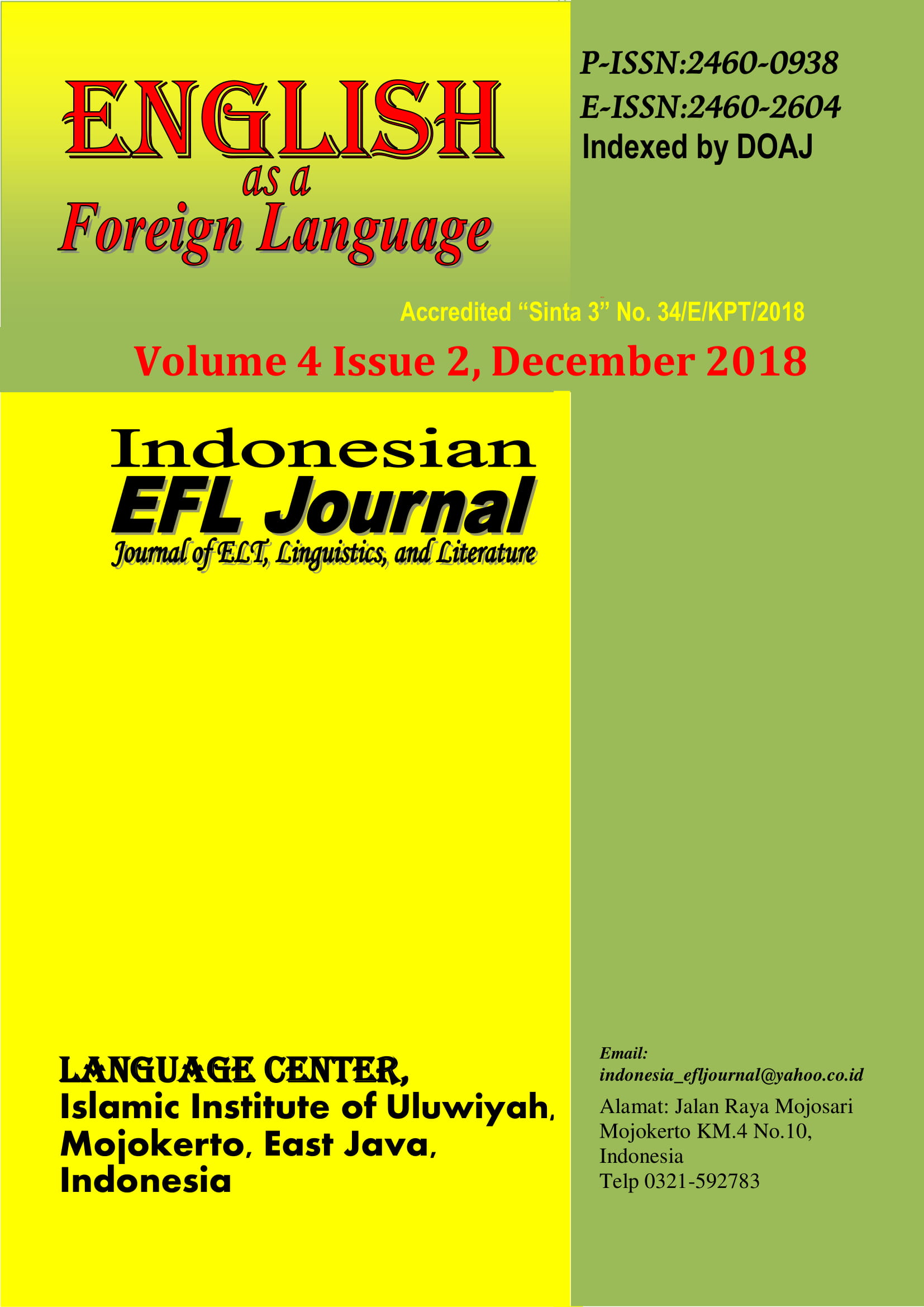Al-Hakim's Pygmalion: Emulation and Creation
Abstract
The use of classical myths is one of the ways that a lot of writers have adopted in composing their literary works. They are regarded as one of the main important sources that provide writers with many topics to explore, themes to depict, characters to portray, and motifs to analyze. However, some writers do not move beyond the events of the myth; they attempt to deal with it without violating its literary elements and events. On the other hand, some adapt its various elements to create a new work. In this paper, Al-Hakim's play Pygmalion is at the centre. It attempts to investigate, explore and analyze Al-Hakim's use of the myth of Pygmalion in creating his play Pygmalion. It also attempts to examine whether he adopts the same version of the Greek myth of Pygmalion or he violates its elements to create a new treatment of the myth.
References
Daly, Kathleen N., Marian Regel, ed. (2004). Greek and Roman Mythology A to Z. New York: Facts on File.
McGovern, Derek John. (2011). Eliza Undermined: The Romanticisation of Shaw’s
Pygmalion. Diss. New Zealand: Massey University, Turitea Campus.
Miles, Geoffrey, ed. (1999). Classical Mythology in English Literature: A Critical Anthology. New York: Routledge.
Reinhold, Meyer. (1971). The Naming of Pygmalion's Animated Statue. The Classical Journal, 66 (4):316-19.
Vahdani, Zahra and Neamatolah Solaimani. (2014). Analyzing Style and Mode of Dramas Written by Tawfiq al-Hakim. Journal of Social Issues & Humanities, 2(7): 121-124.
Copyright (c) 2018 Indonesian EFL Journal: Journal of ELT, Linguistics, and Literature

This work is licensed under a Creative Commons Attribution-ShareAlike 4.0 International License.
All rights reserved.
this publication may be reproduced, stored in a retrieval system, or transmitted
in any form or by any means, electronic, mechanical, photocopying, recording.




